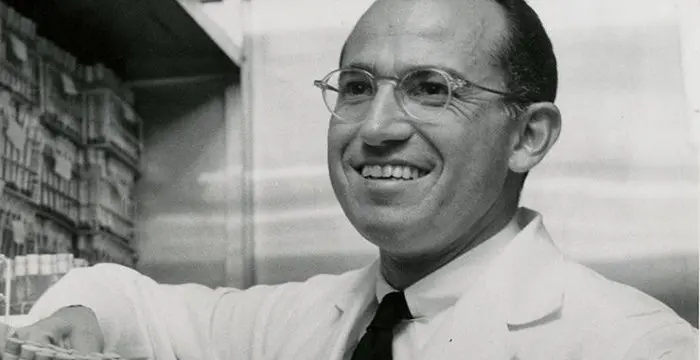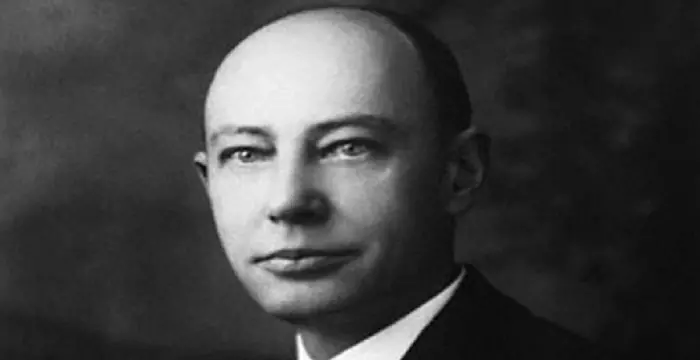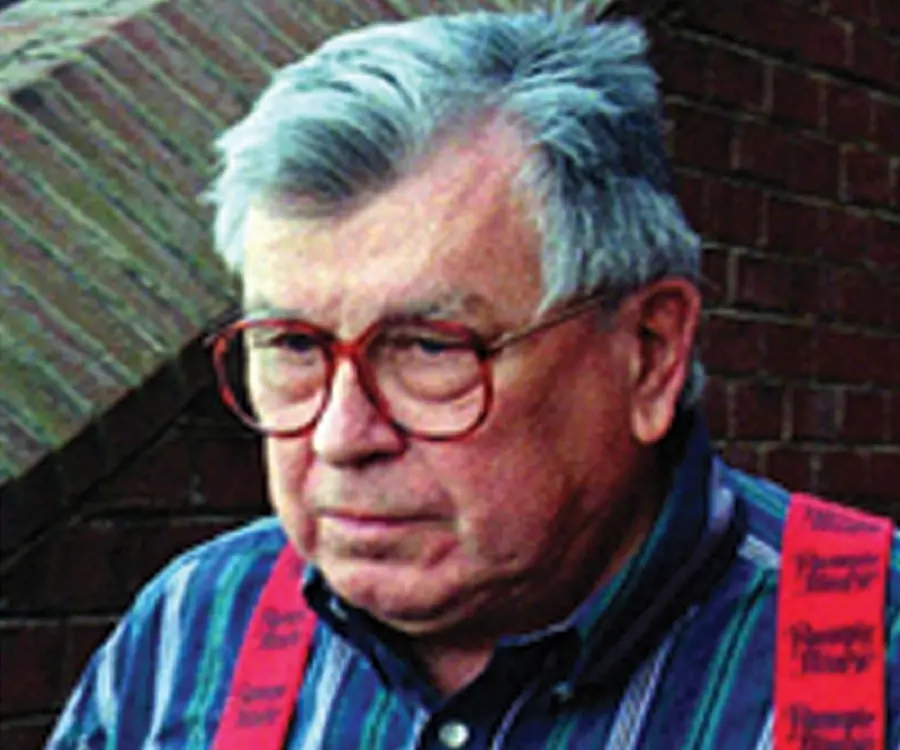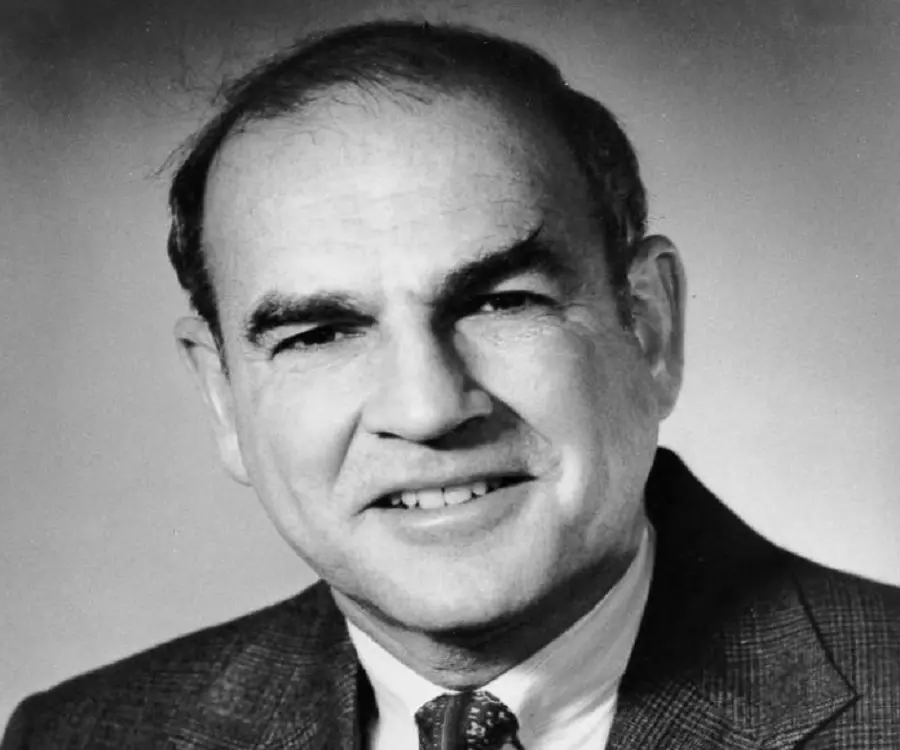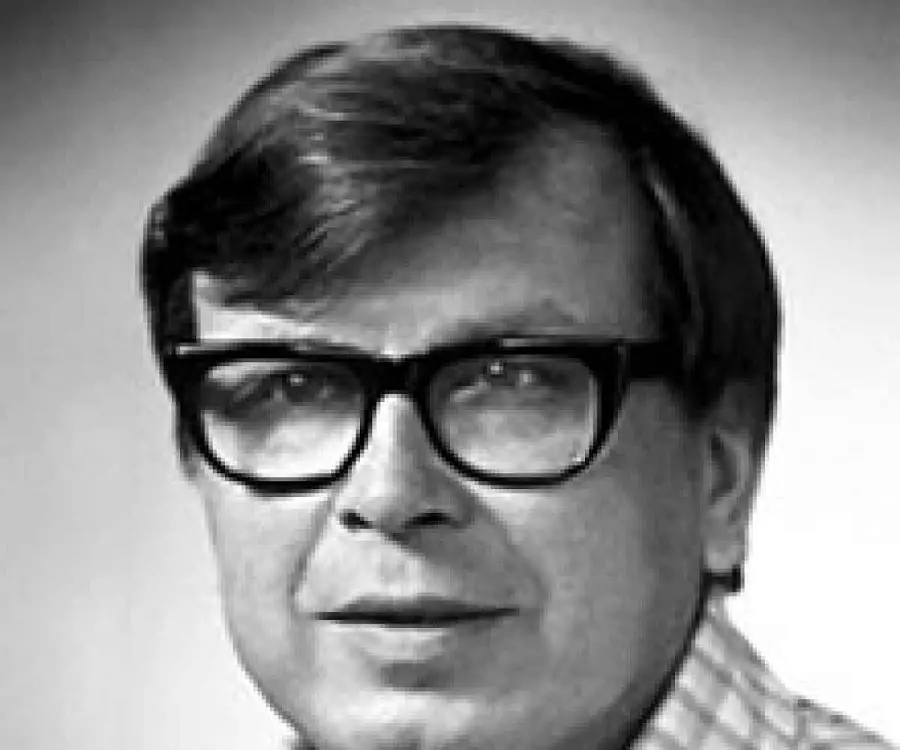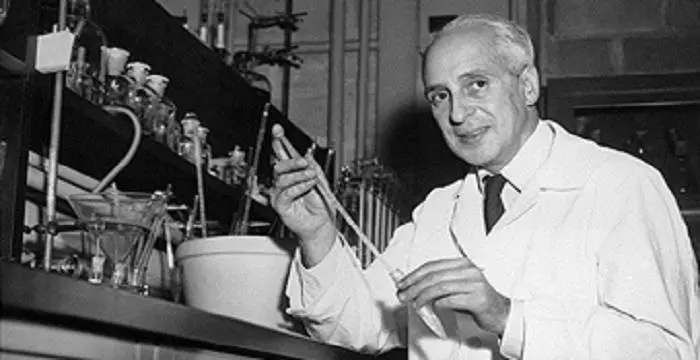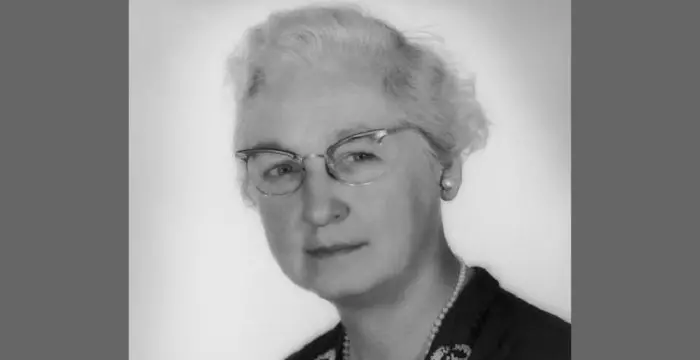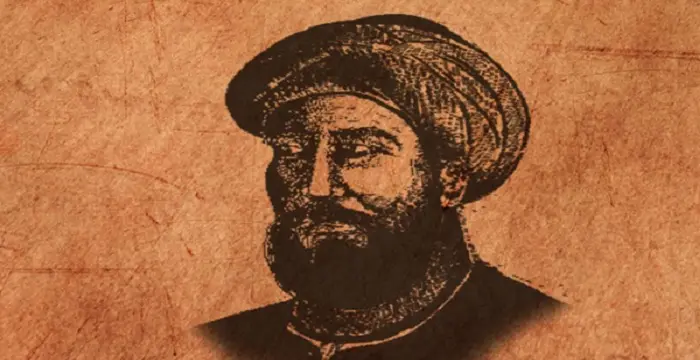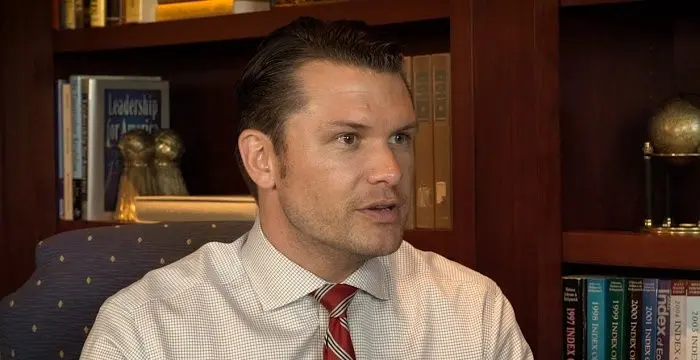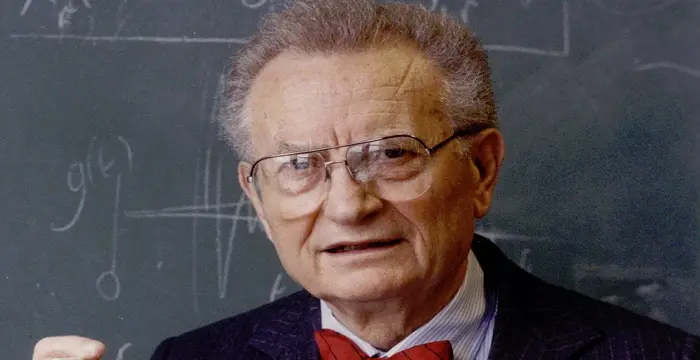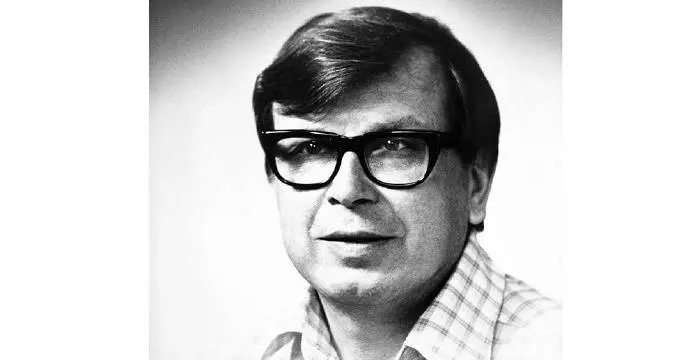
Daniel Carleton Gajdusek - Medical Researcher, Career and Childhood
Daniel Carleton Gajdusek's Personal Details
Daniel Carleton Gajdusek was a physician and medical researcher
| Information | Detail |
|---|---|
| Birthday | September 9, 1923 |
| Died on | December 12, 2008 |
| Nationality | American |
| Famous | Harvard University, Physicians, Medical Researcher, Physicians |
| Universities |
|
| Notable Alumnis |
|
| Birth Place | Yonkers |
| Gender | Male |
| Father | Karol Gajdusek |
| Sun Sign | Virgo |
| Born in | Yonkers |
| Famous as | Physician and medical researcher |
| Died at Age | 85 |
// Famous Medical Researcher
Jonas Salk
Jonas Salk was a famous American virologist and medical researcher who discovered the polio vaccine. To know more about his childhood, career, profile and timeline read on.
George Richards Minot
George Richards Minot was an eminent American medical researcher, who is remembered for his revolutionary achievement in field of hematology. Read further to know about his profile, childhood, life and timeline.
Daniel Carleton Gajdusek's photo
Who is Daniel Carleton Gajdusek?
Daniel Carleton Gajdusek was a famous physician and researcher. He was the first one to provide an elaborate medical description of the central-nervous system. His studies on neurological conditions, degenerative Parkinson and the study of ‘Kuru’, a brain disease caused by inexplicable prions, brought about drastic, positive implications in the world of medicine. In 1958, Gajdusek joined the National Institute of Health, where he conducted various experiments and researches on this particular disease till his retirement. Gajdusek was also awarded a Nobel Prize for his commendable work on the subject in 1976, which he shared with fellow researcher, Baruch S. Blumberg. Gajdusek’s work was accepted by the medical society, and he was known to defy cannibalism, which was prevalent during his time. Gajdusek worked in Iran, Australia and the United States of America, studying this infectious disease and presented various reports on the subject. Along with conducting various researches on the topic of ‘Kuru’, Gajdusek offered to house more than 50 male children with him in the United States, to teach them and for free college education. Read on to know more.
// Famous Physicians
Maria Montessori
Maria Montessori was a physician and educator who developed the approach of Montessori education. This biography of Maria Montessori provides detailed information about her childhood, life, achievements, works & timeline.
Severo Ochoa
Severo Ochoa was a Spanish physician and biochemist who won the 1959 Nobel Prize in Physiology or Medicine. Check out this biography to know about his childhood, life, achievements, works & timeline.
Virginia Apgar
Known for inventing a novel newborn scoring system, Virginia Apgar was a reputed Physician. Check out this biography to know about her childhood, family life, achievements and other facts related to her life.
Biography detail
Childhood And Education
Daniel Carleton Gajdusek was born on September 9, 1923 in Yonkers, New York. He was born to a butcher called Karol Gajdusek. Daniel Carleton Gajdusek studied in various local schools and showed an interest in science from a very young age. Apart from being a voracious reader like his mother, Gajdusek also had the privilege to travel around the world. From a very young age, Gajdusek travel to the mystic lands of the Orient and even attended short courses on Egyptology, natural History, entomology, geology, botany literature and the arts. He also decided to work part-time at the Boyce Thompson Laboratories to learn more about synthesized acids when he was 16 years old.
At the age of 18, Gajdusek studied at the University of Rochester, where his subjects were mathematics, chemistry, physics and biology. He graduated from here in 1943. He then obtained an M.D. from Harvard University in 1946. Following this, Gajdusek decided to study further and conducted post-doctoral research at the Columbia University and the California Institute of Technology.
Early Career
After completing his studies, Gajdusek was drafted into the military (Walter Reed Army Medical Center) as a virologist in 1950. In 1954, Gajdusek worked part time as a visiting medical attendant at the ‘Walter and Eliza Hall Institute of Medical Research’ in Melbourne, Australia. Here, he began his work on the disease ‘Kuru’, which eventually fetched him the Nobel Prize.
Gajdusek’s Work On ‘Kuru’
Gajdusek was introduced to the disease Kuru by a person called Vincent Zigas, a medical officer in the district of New Guinea. It is believed that this viral disease affected the central nervous system, particularly the brain, and was prominent in the Fore Tribe region of New Guinea. Gajdusek was very interested in the subject and decided to conduct further research to see if he could come up with a solution for the problem. He connected the origins of the disease to the practice of funerary cannibalism in the Fore tribe region. Gajdusek stood against the practice of cannibalism, and received tremendous support from his other peers. Within a generation, the disease was eradicated permanently.
The disease Kuru was known as ‘laughing sickness’among the Fore tribes because, the patients who were infected with this disease exhibited excessive laughter as a syndrome. To better his research at the subject, Gajdusek lived among the Fore tribe, studied their culture, and performed autopsies on the bodies of the victims of Kuru. Finally Gajdusek discovered that the disease spread through the consumption of the brains of the deceased who suffered from Kuru, which happened to be a common practice in this region. Hence, Gajdusek was successfully able to demonstrate the infectious spread of a certain viral disease in humans in the world. After establishing that the disease was deadly, Gajdusek wanted to probe further to identify the biological nature of the infection. Subsequently, he noticed a similarity between ‘scrapie’ – an inexplicable disease found in goats and sheep, and the Kuru disease. Along with the help of Stanley Prusiner, he concluded that the diseases’ were caused by rogue proteins known as ‘prions’.
Later Stages
All of Gajdusek’s medical findings about ‘Kuru’ were generally accepted by the medical community worldwide. However, there were countless disputes on whether cannibalism still existed when he resided with the Fore tribe, researching about the disease. Many a time, Gajdusek revealed that he never actually witnessed Cannibalism himself, and that he would never allow such a thing even if he came across such an act. According to Arens and Gajdusek, the conditions in the Fore region began to improve after the arrival of the Europeans in 1961. Towards the end of his life, Gajdusek stated that cannibalism was not the only cause of the Kuru disease. His last explanation was that women retained scraps of human brain under their nails as a result of cannibalism, and when they brushed or combed their hair or the scalps of their children, the disease would spread by touch. After his dedicated research and study in the field of Kuru, Gajdusek became the chief head of the laboratories for neurological and viral research at the National Institute of Health in 1958 and was later instated to the National Academy of Sciences in 1974 for microbial biology.
Personal Life
There have been various controversies surrounding the life of Daniel Carleton Gajdusek.One such popular controversy stemmed when he brought back 56 male children, from one of his trips, to live with him in the United States. He promised them high school and college education. One of these boys, who is now an adult, complained to the authorities about being sexually molested by Gajdusek as a boy. Gajdusek was arrested and charged with child molestation in 1996, after the statements from the victim and after police found convicting entries in Gajdusek’s personal diary.
Towards the end of his life, Gajdusek was sentenced to jail for a year. He never returned to the United States after that, and lived the remainder of his life in Amsterdam and Troms, Norway. Gajdusek openly admitted that he was drawn to the concept of incest, molestation and indulged in sexual encounters with younger boys.
Death And Legacy
Daniel Carleton Gajdusek died on December 12, 2008 in Troms, Norway. He was 85 years old and was apparently working at the time of his death. Gajdusek’s discovery and works on Kuru is still considered valid across medical institutions around the world.
// Famous Physicians
Al-Zahrawi
Al-Zahrawi, was an illustrious medieval Arab Muslim physician and surgeon. Check out this biography to know about his childhood, family life, achievements and interesting facts about him.
Jabir Ibn Hayyan
Jabir Ibn Hayyan was a medieval era polymath. Check out this biography to know about his life, works and achievements.
Maria Montessori
Maria Montessori was a physician and educator who developed the approach of Montessori education. This biography of Maria Montessori provides detailed information about her childhood, life, achievements, works & timeline.
Daniel Carleton Gajdusek's awards
| Year | Name | Award |
|---|---|---|
Other | ||
| 0 | Nobel Prize in Physiology or Medicine (1976) | |
// Famous Harvard University
Bertil Gotthard Ohlin
Bertil Gotthard Ohlin was a famous Swedish economist. This biography profiles his childhood, family life & achievements.
Xi Mingze
Xi Mingze is the daughter of Chinese Leader Xi Jinping, Check out this biography to know about her birthday, childhood, family life, achievements and fun facts about her.
Susan Sontag
Susan Sontag is an American critical essayist, cultural analyst, novelist, political activist, filmmaker and playwright of international repute. Read on to find out more about her childhood, career, profile and timeline.
Pete Hegseth
Pete Hegseth is a FOX News Channel contributor from America. Check out this biography to know about his childhood, family life, achievements and fun facts about him.
Paul Samuelson
Nobel laureate Paul Anthony Samuelson is referred to as the ‘Father of Modern Economics’. This biography profiles his childhood, life, career, achievements and interesting facts about him.
Michael Schur
Michael Schur is an American television actor, producer, and writer. Check out this biography to know about his birthday, childhood, family life, achievements and fun facts about him.
Daniel Carleton Gajdusek's FAQ
What is Daniel Carleton Gajdusek birthday?
Daniel Carleton Gajdusek was born at 1923-09-09
When was Daniel Carleton Gajdusek died?
Daniel Carleton Gajdusek was died at 2008-12-12
Where was Daniel Carleton Gajdusek died?
Daniel Carleton Gajdusek was died in Tromsø
Which age was Daniel Carleton Gajdusek died?
Daniel Carleton Gajdusek was died at age 85
Where is Daniel Carleton Gajdusek's birth place?
Daniel Carleton Gajdusek was born in Yonkers
What is Daniel Carleton Gajdusek nationalities?
Daniel Carleton Gajdusek's nationalities is American
What was Daniel Carleton Gajdusek universities?
Daniel Carleton Gajdusek studied at Harvard University, Harvard University (1946), University of Rochester (1943), Harvard Medical School
What was Daniel Carleton Gajdusek notable alumnis?
Daniel Carleton Gajdusek's notable alumnis is Harvard University
Who is Daniel Carleton Gajdusek's father?
Daniel Carleton Gajdusek's father is Karol Gajdusek
What is Daniel Carleton Gajdusek's sun sign?
Daniel Carleton Gajdusek is Virgo
How famous is Daniel Carleton Gajdusek?
Daniel Carleton Gajdusek is famouse as Physician and medical researcher
